Homemade Colombian Fresh Cheese (Queso Fresco)
When I was a kid and we were living in Palmira, Colombia, my mom always went out grocery shopping every Saturday morning and one of the things she always bought was Colombian queso fresco that was sold fresh at the marketplace. I loved going with her only because the man who sold this cheese always gave us a thin slice for us to try before buying it and I would happily grab it from him because it was delicious. He would then wrap the cheese with banana leaves, the same ones we use to make Colombian tamales, and when we would get home the cheese tasted even better because of the delicious aroma the leaves gave it.
Colombian fresh cheese is similar, and in my opinion, practically the same as Mexican queso fresco. It’s a very easy cheese to make since all you have to do is add some type of acid to the milk for it to curdle, then you strain it and that’s it. The whey that comes out can also be used for making fruit smoothies or even soups because it’s packed with protein which is easier for the body to absorb, this makes it perfect for building muscle and losing weight.
I hope you enjoy this wonderful recipe, not only with Colombian arepas which is the way we serve it often in Colombia, but also to make our Colombian buñuelos (cheese fritters) and pandebonos (cheese bread) which are also very popular in our country.
¡Buen Provecho!
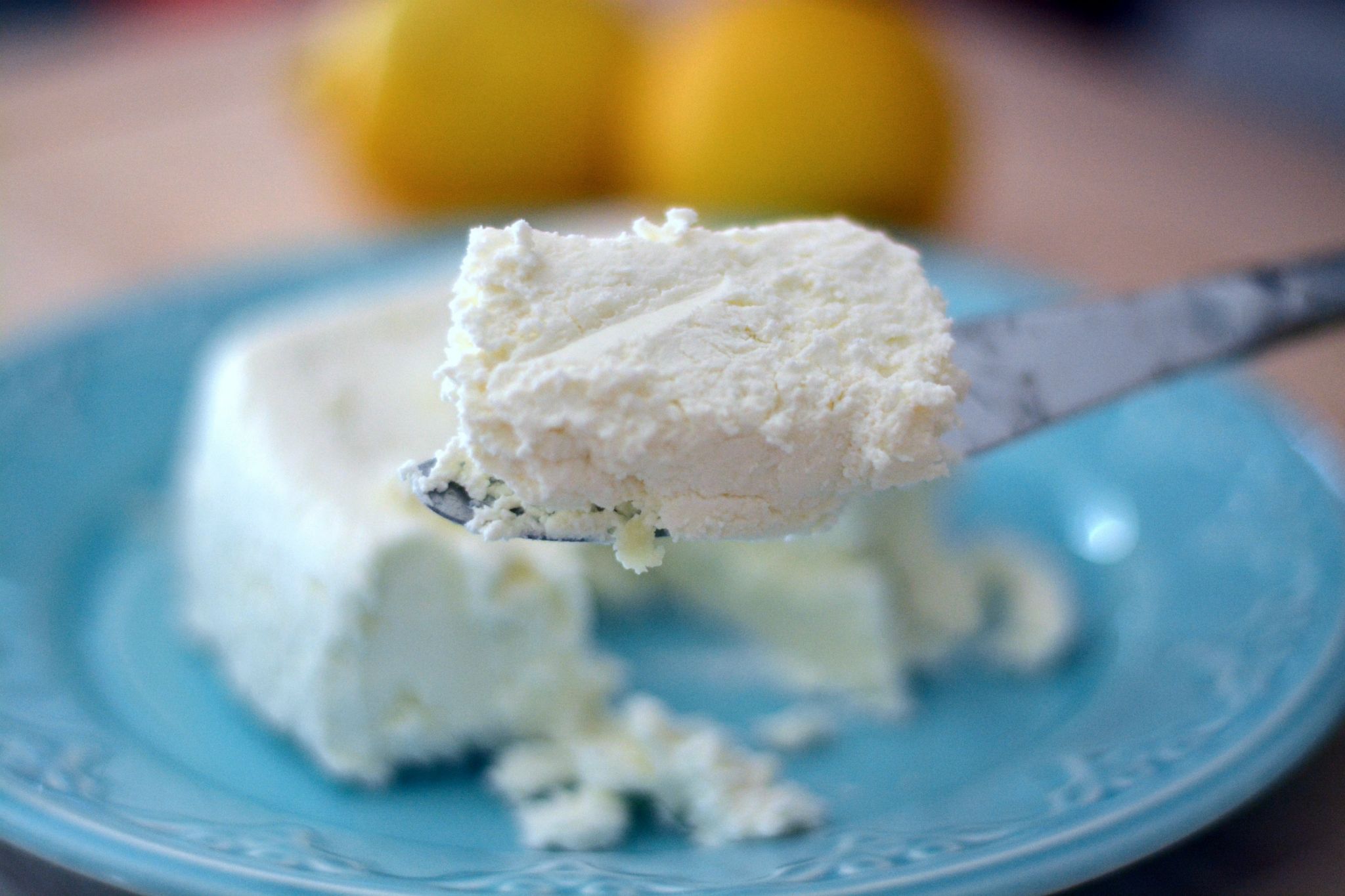
Homemade Colombian Fresh Cheese (Queso Fresco)
Ingredients
- 1 gallon about 3.5 liters whole milk
- ¼-½ cup 60-120 ml of some sort of acid, it can be lemon juice or white vinegar, (with white vinegar you get a more neutral flavor)
- Salt to taste
- 1 cheesecloth
Instructions
- Pour the milk in a large pot and bring it to a slow simmer on medium heat.
- Add the lemon juice or white vinegar and stir. Remove the pot from the heat, cover and let it rest for about 20 minutes so the solids can separate from the whey. Add more juice or vinegar if necessary.
- Place a colander inside a large container. Then, place the cheesecloth over the colander and drain the liquid onto it. Wrap the cheese with the cheesecloth to form a ball and try to squeeze out as much liquid as you can. Finally, hang the cheese for about 30 minutes so the liquid drains out completely.
- Place the cheese in an airtight container and season it with salt to taste. Cover the container and refrigerate overnight so that it comes out dry and firm. Store cheese in the refrigerator for up to one week.
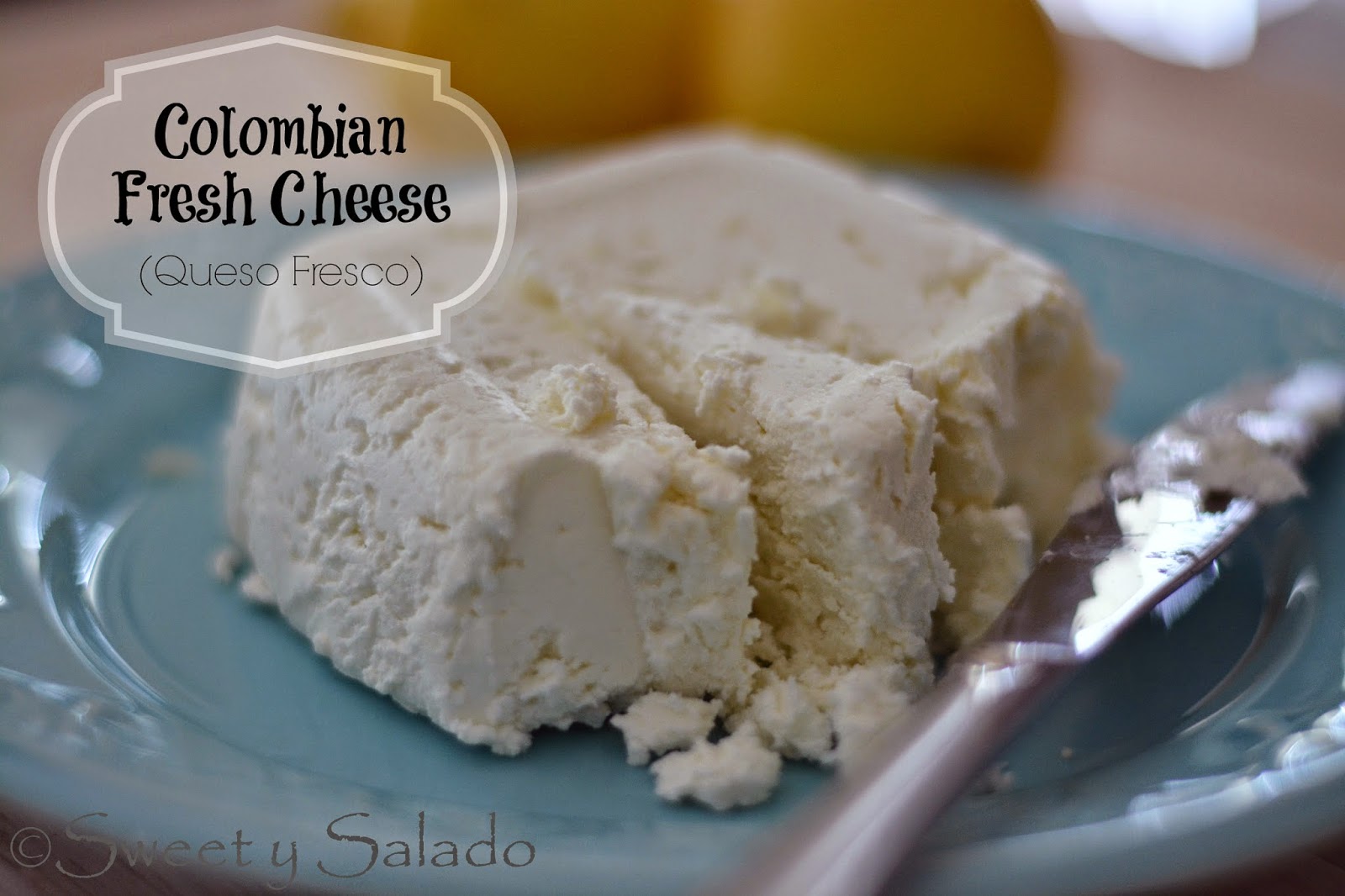
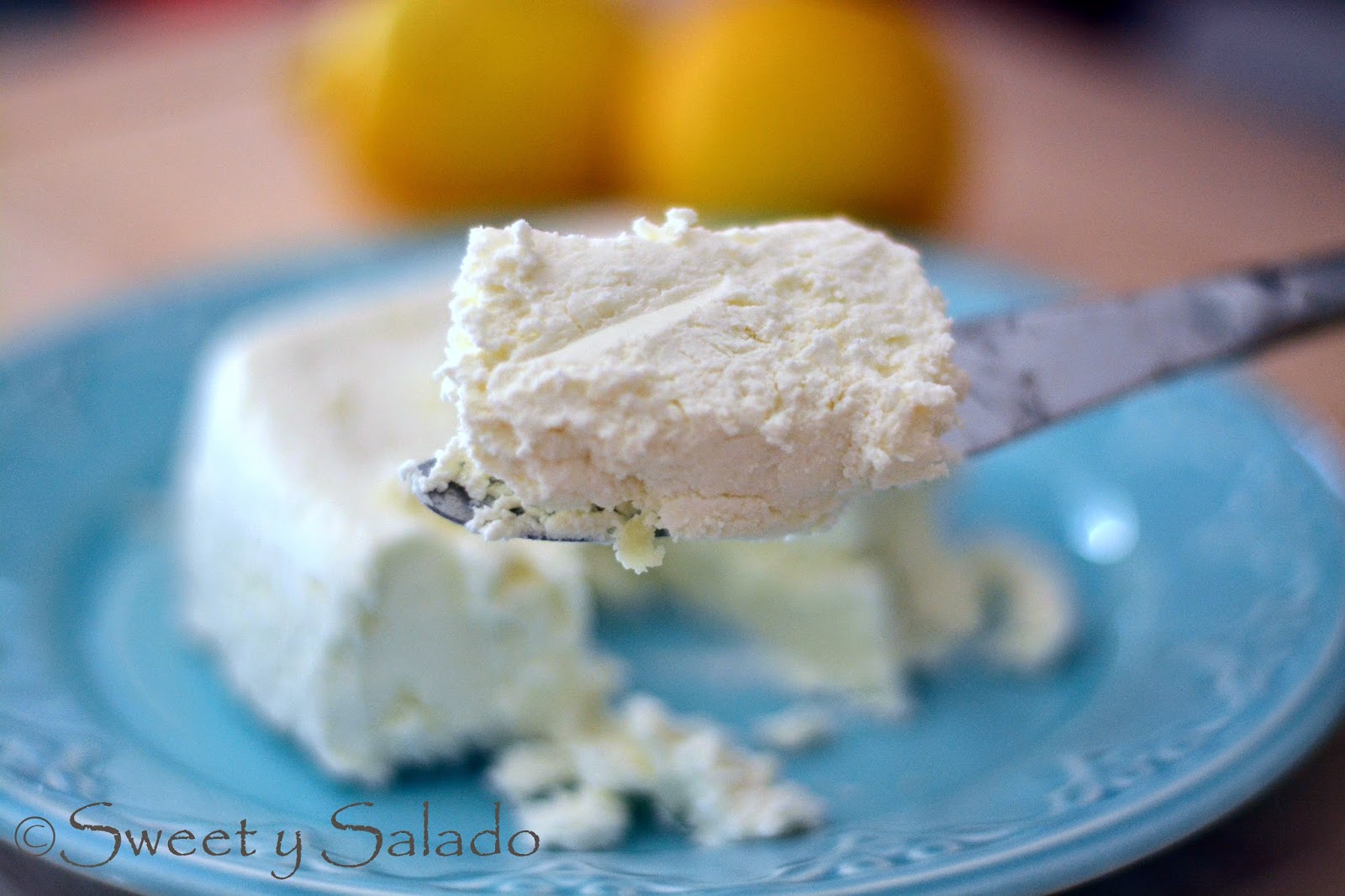
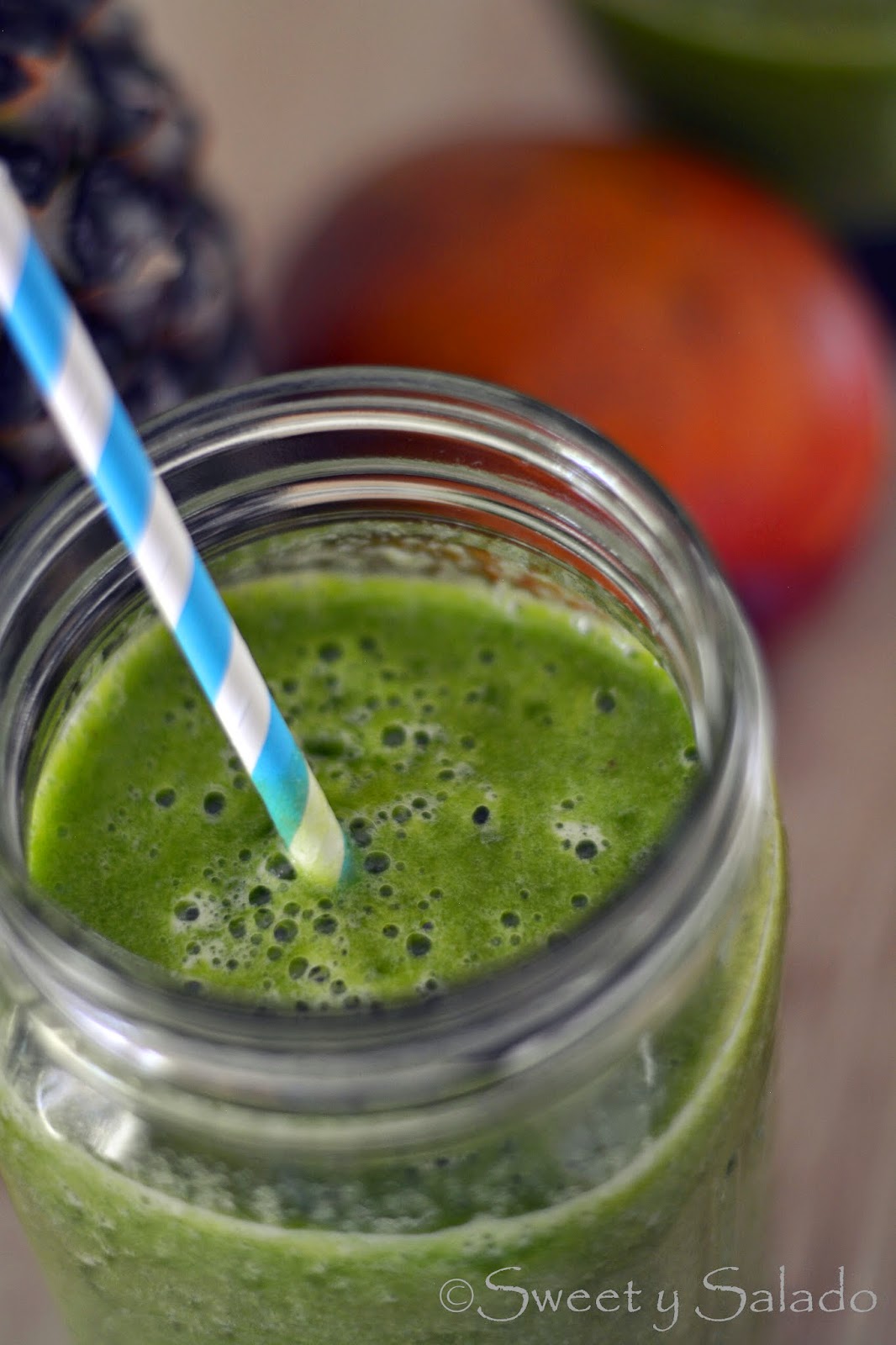
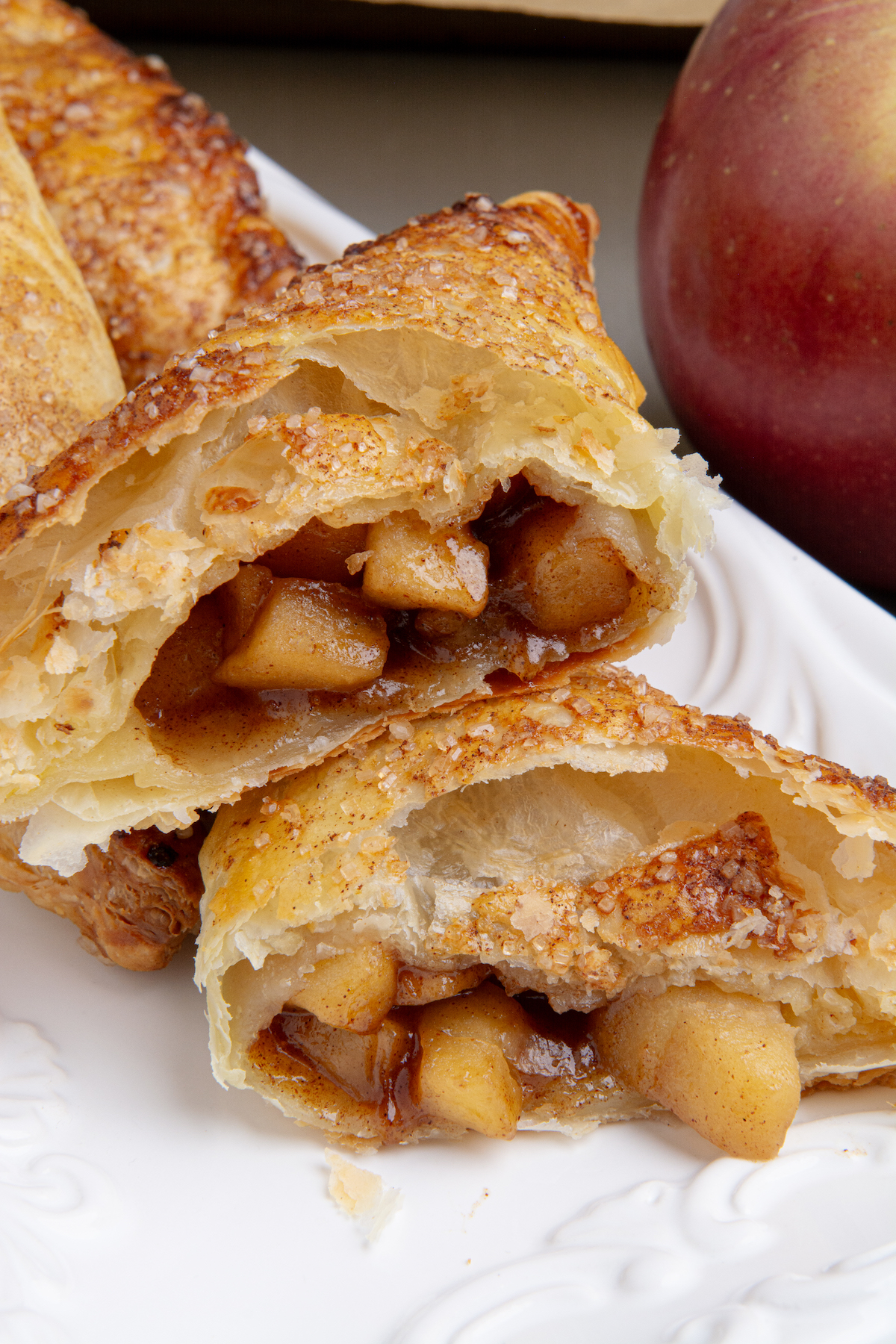
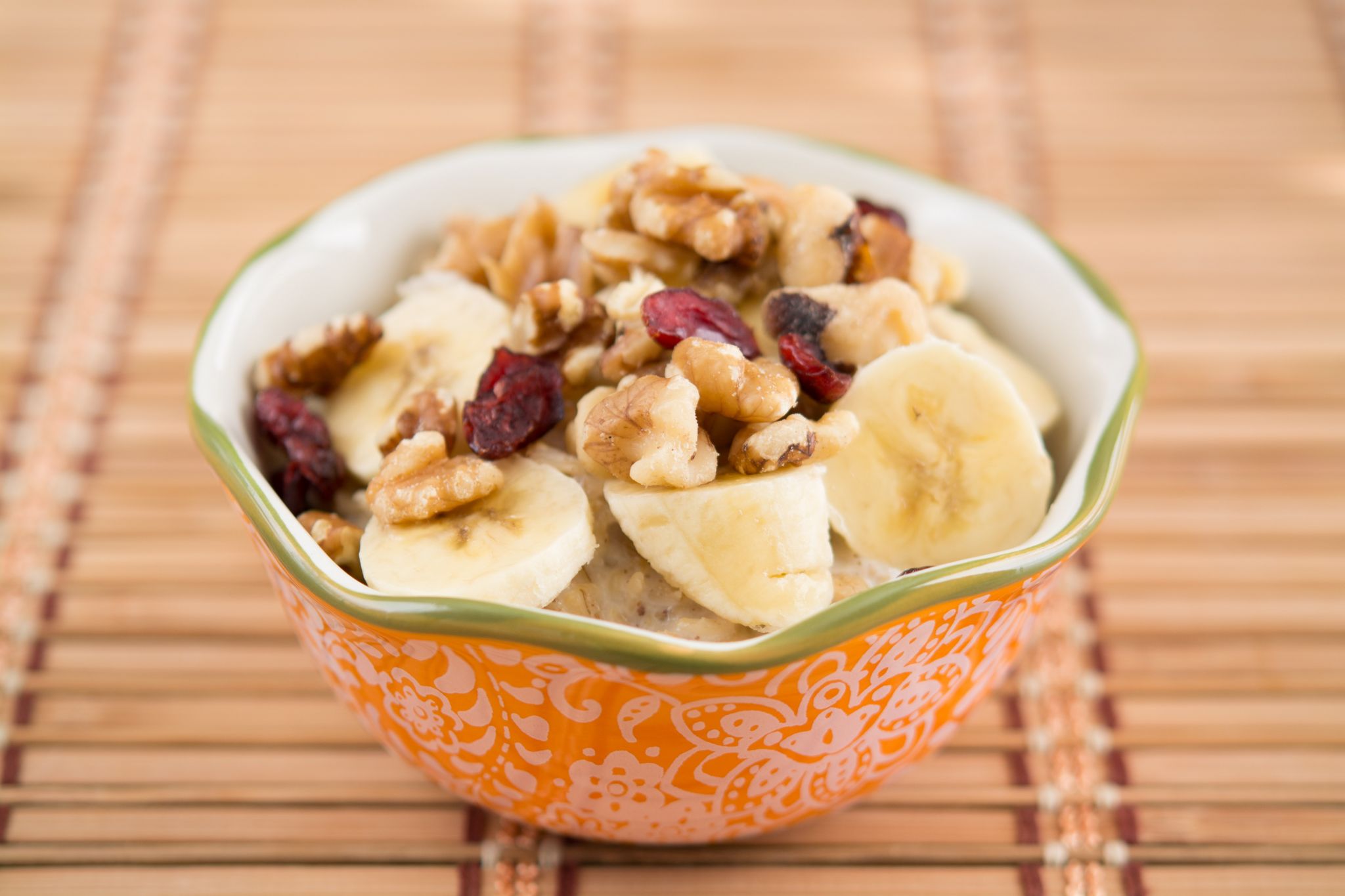
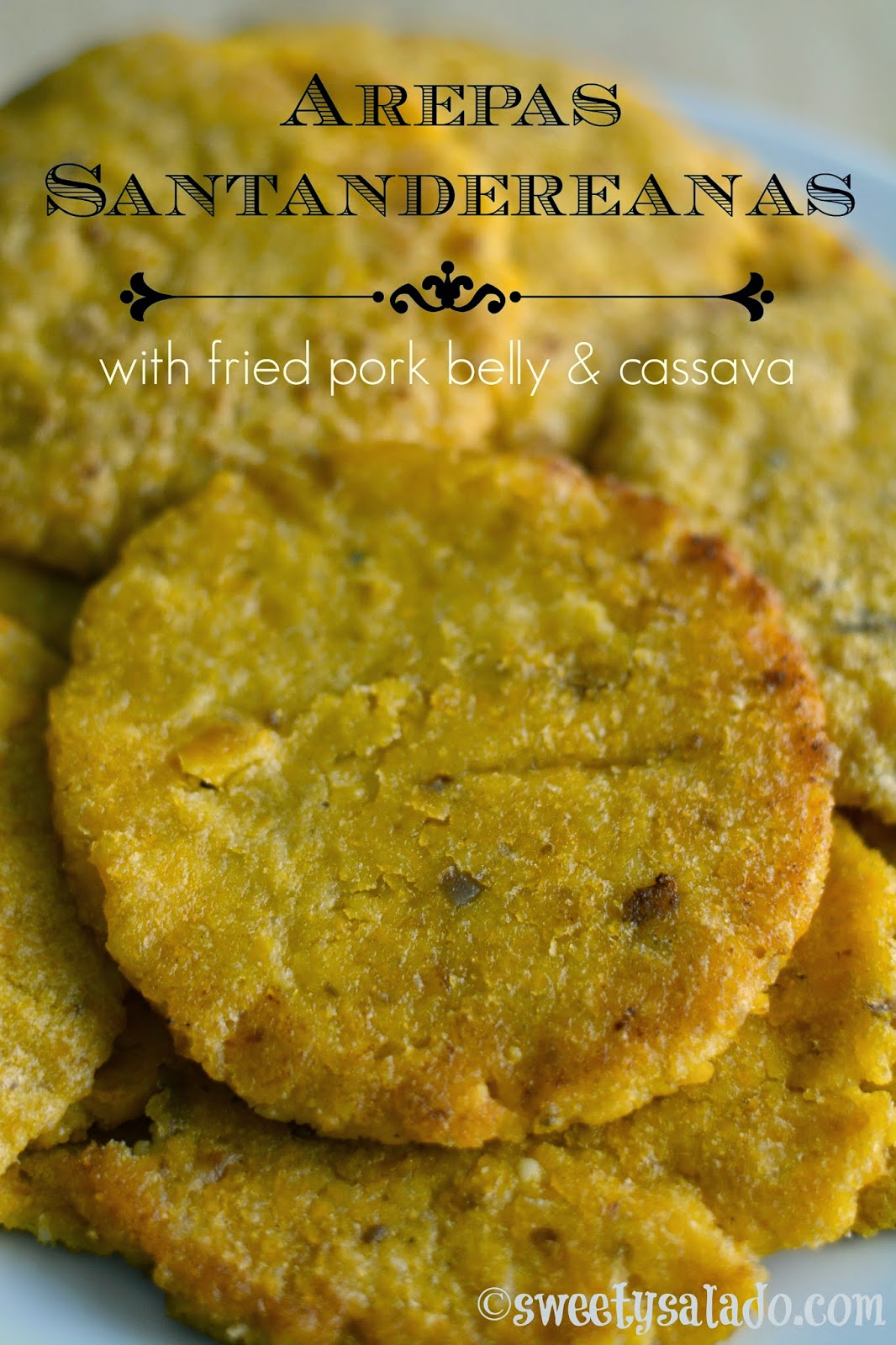
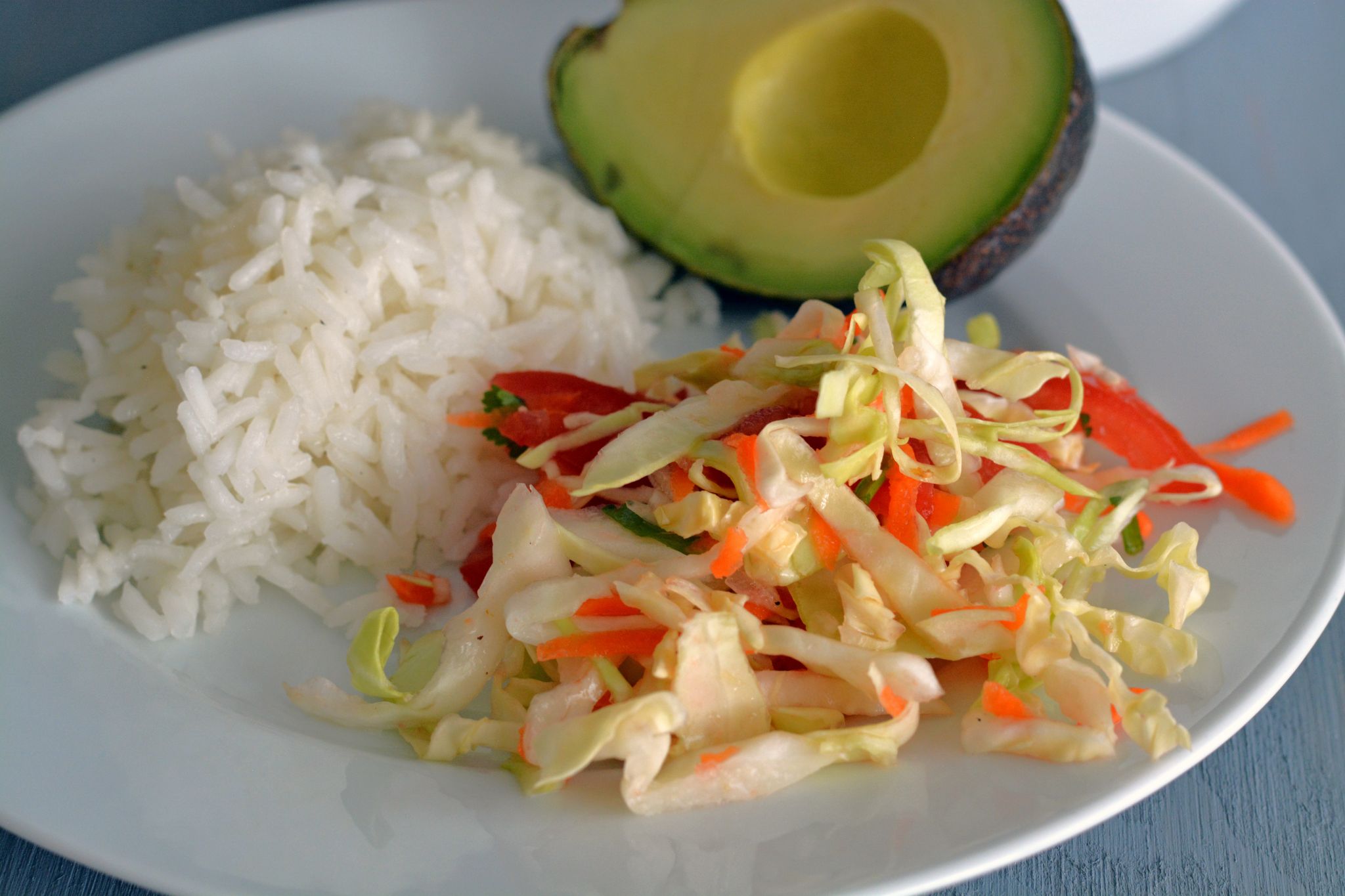
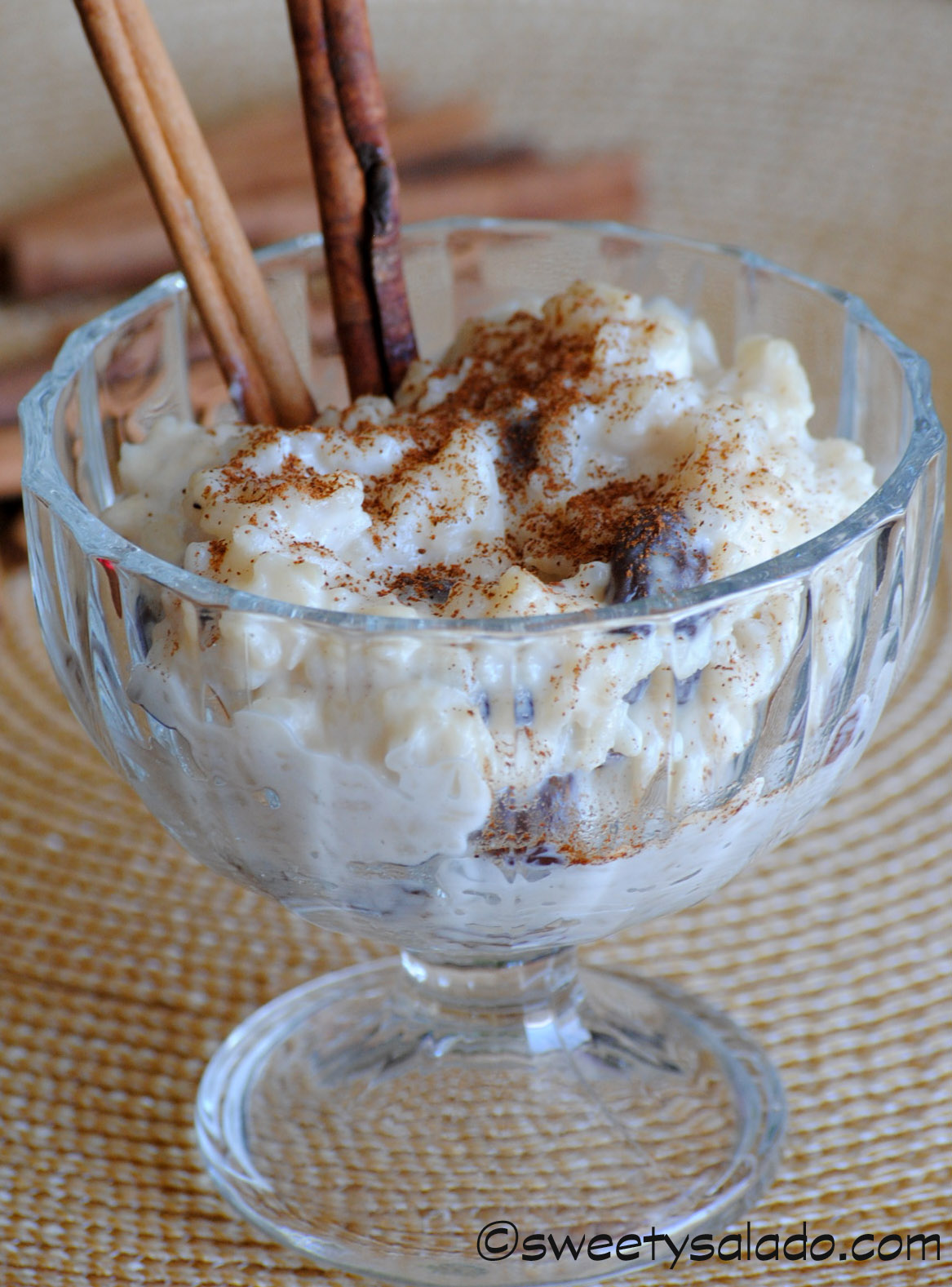
Un galon o un litro?
Es 1 galón, que son más o menos 16 tazas de leche, cada una de 8 onzas. Un litro apenas tiene 4,22 tazas, lo cual no es suficiente para hacer una buena cantidad de quesito.
HiCan you please clarify what type of cheese to use?I currently use mozarella for my bunuelos and pandebonos as its the only cheese i can find. never though about making my own!!I am now living in Spain – so if you have any alternatives would be greatKR
Hi KR, the best cheese to make buñuelos and pandebonos is queso costeño. I use a combination of queso fresco, which is very similar to this cheese, for the texture, and feta cheese for the flavor. But many people who live in Spain have told me that they use ricotta cheese because it's very similar to queso costeño. Since I don't live in Spain, I can't confirm that information and the ricotta cheese I get here in the US is pretty creamy, so it won't work for me. They've told me, however, that the ricotta cheese you get in Spain is drier and works perfectly.
Hi diana i have seen this Ricotta cheese at costco I live in Edmonton, Alberta canada perhaps you can check it out.William Arbelaez
I make queso fresco from a gallon of whole milk. Try getting a recipe from the internet. That’s the best cheese to use for recipes. Colombian fresco cheese or queso fesco…it’s so simple to make. 1/2 cup of white vinegar a pinch of salt to season when it’s done. You do need cheesecloth to squeeze it out. Very simple recipe.
Rennet, you are missing the rennet, it is not technically cheese, nor costeño cheese without the Rennet.
For 3.5 – 4 Litres of Milk you should be bringing Temperature up to around 45 Degree Celsius, once at 45 degree C, turn off heat and allow to drop to 43 C. At this point Adding 1/2 tablet of rennet , disolved in 100ml of water, and stir into the milk, at this point you can add the acid, be it vinegar or lime juice.
Then let sit at room temperature for an hour minimum until the curd and whey(suero) have separated.
Either drain off, or collect the whey with a cheese laddle, or in traditional method, by separating by hand.
Squeeze out as much of the liquid as possible. break up and add salt, I have seen recipes with anywhere from 1-4 tbsp of salt. Costeño cheese is salty, however I’d say 3-4 is tooo much salt, if your using it in cooking, or baking, 2 tbsp is acceptable, if your planning on eating it as a side, I would use 1 tbsp for 4 L of milk.
Rennet is required, it is not costeño cheese without it. (Which is important for the flavour profile)
Tip: If you can find pure whole milk, non pasteurized use that. If you can not, however can find a pasteurized NON-HOMOGENIZED milk that would be my second choice. Homo milk does not lead to the best curd production.
Bueno Provecho
Using rennet is another option but it’s not easily available here in the US, nor in Colombia. So, if someone is wanting to make queso fresco or queso campesino at home, they can use this easy recipe where you only need an acidic ingredient like lemon juice or vinegar. And as a side note, this is not queso costeño.